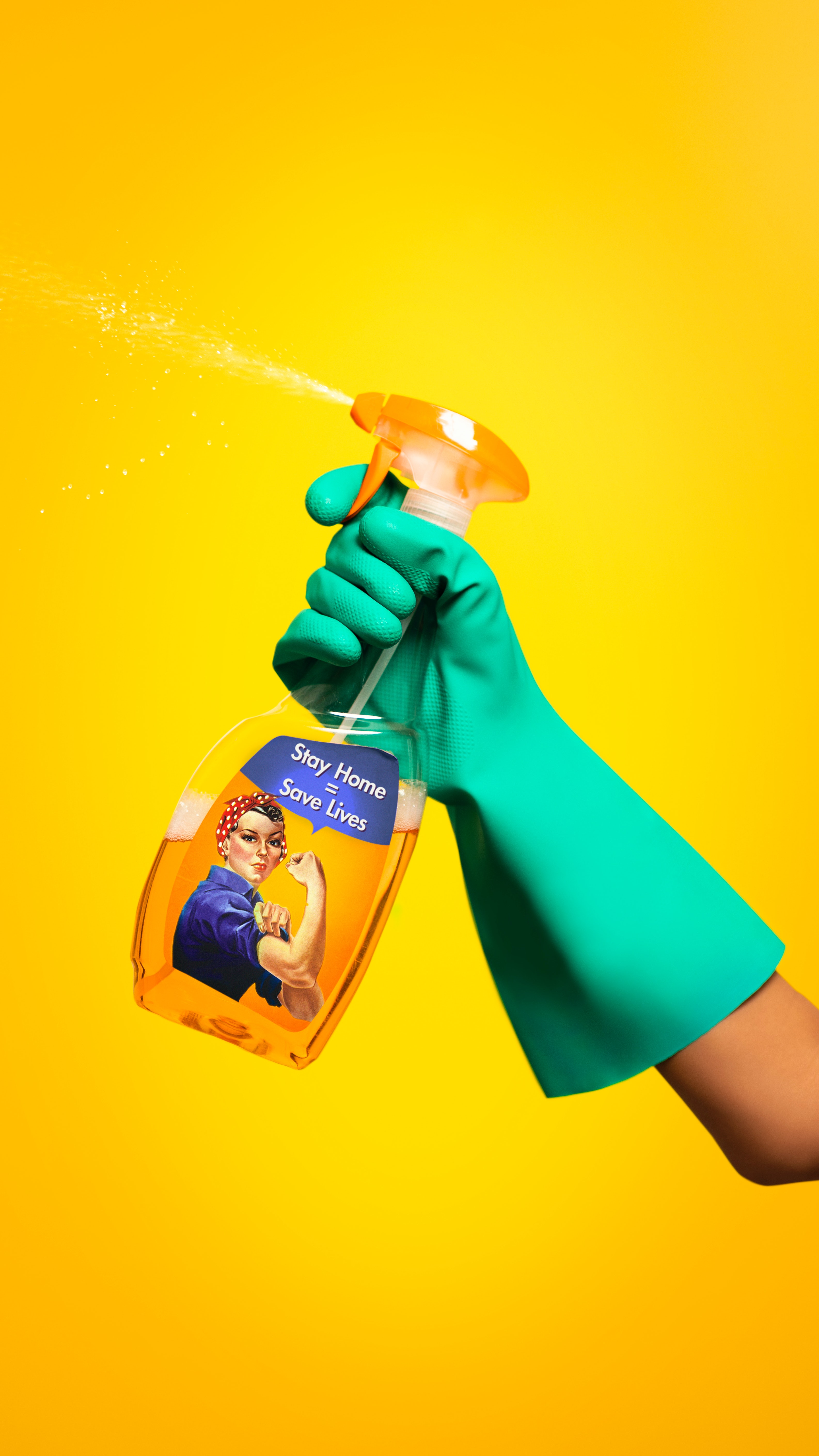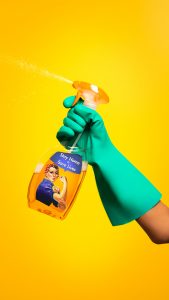Cleaning & Disinfecting/Poison Control Center Connections by Johanna Hicks, Family & Community Health Agent

[adning id=”33097″]

Texas A&M AgriLife Extension staff members continually receive updates on Coronavirus. People seem to have an information overload – that’s perfectly understandable! However, I wanted to share some interesting information from the CDC (Centers for Disease Control) and the EPA (Environmental Protection Agency) concerning critical information to the American public about safe disinfectant use. First, here are reports of actual cases:
Case 1:
An adult woman heard on the news to clean all recently purchased groceries before consuming them. She filled a sink with a mixture of 10% bleach solution, vinegar, and hot water, and soaked her produce. While cleaning her other groceries, she noted a noxious smell described as “chlorine” in her kitchen. She developed difficulty breathing, coughing, and wheezing, and called 911. She was transported to the emergency department (ED) via ambulance and was noted to have mild hypoxemia and end-expiratory wheezing. She improved with oxygen and bronchodilators. Her chest radiograph was unremarkable, and she was discharged after a few hours of observation.
Case 2
A preschool-aged child was found unresponsive at home and transported to the ED via ambulance. A 64-ounce bottle of ethanol-based hand sanitizer was found open on the kitchen table. According to her family, she became dizzy after ingesting an unknown amount, fell and hit her head. She vomited while being transported to the ED, where she was poorly responsive. Her blood alcohol level was elevated at 273 mg/dL (most state laws define a limit of 80 mg/dL for driving under the influence); neuroimaging did not indicate traumatic injuries. She was admitted to the pediatric intensive care unit overnight, had improved mental status, and was discharged home after 48 hours.
Between January and March, calls to the Poison Control Center about cleaner and disinfectant exposures increased by 20%. When using an EPA-registered surface disinfectant, always follow the product’s directions and remember:
- Never apply the product to yourself or others. Do not ingest disinfectant products. This includes never applying any product on List N (the agency’s list of disinfectants to use against SARS-CoV-2, the virus that causes COVID-19) directly to food.
- Never mix products unless specified in the use directions. Certain combinations of chemicals will create highly toxic acids or gases.
- Wash the surface with soap and water before applying disinfectant products if the label mentions pre-cleaning.
- Follow the contact time listed for your product on List N. This is the amount of time the surface must remain visibly wet to ensure efficacy against the virus. It can sometimes be several minutes.
- Wash your hands after using a disinfectant. This will minimize your exposure to the chemicals in the disinfectant and the pathogen you are trying to kill.
- Remember that hand sanitizers are not recommended for use with young children, especially under the age of 2.
For some great information and videos on hand-washing and proper use of fabric face masks, go to the Hopkins County Family & Community Health Facebook page. Be sure to “like” it so you will continue to see posts on health, wellness, nutrition, and other topics. Also, visit the Texas Eden (Extension Disaster Education Network) – https://texashelp.tamu.edu/ – for more information.
Closing Thought
Believe you can, and you’re halfway there – Theodore Roosevelt
Article by Johanna Hicks, Texas A&M AgriLife Extension, Family & Community Health Agent
[adning id=”33207″]
[adning id=”33207″]














